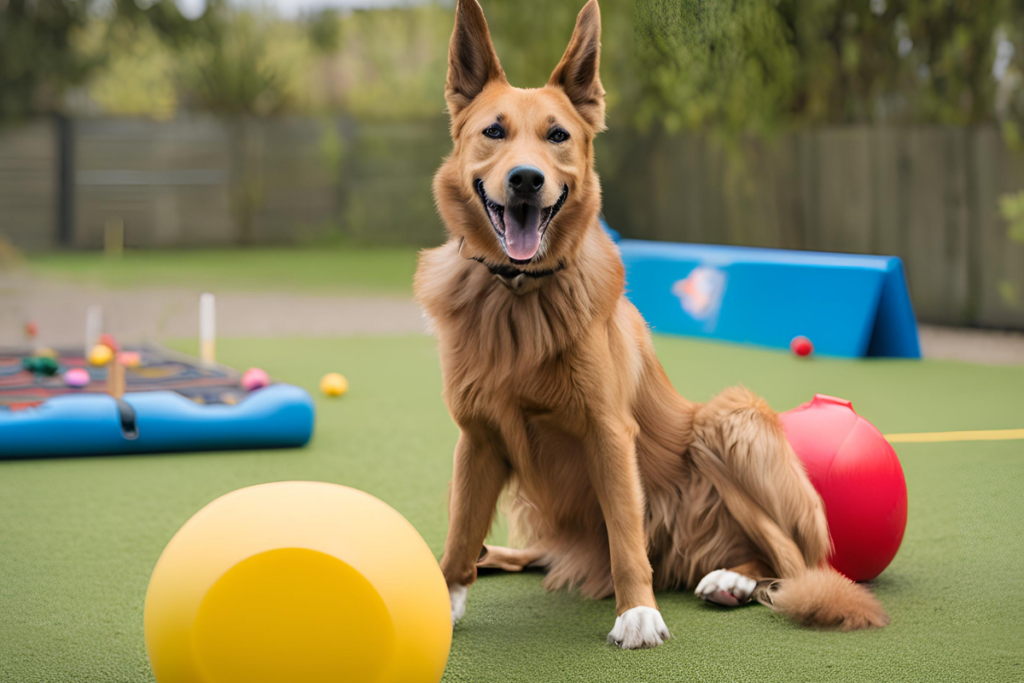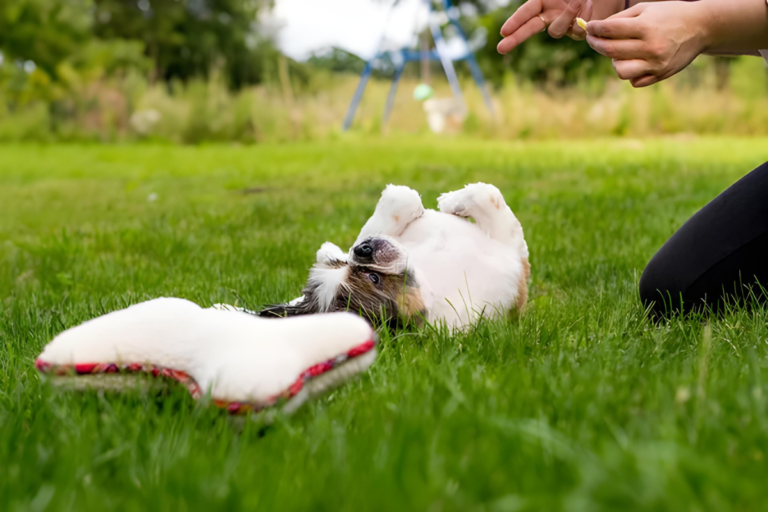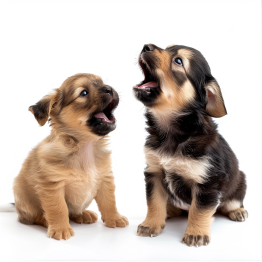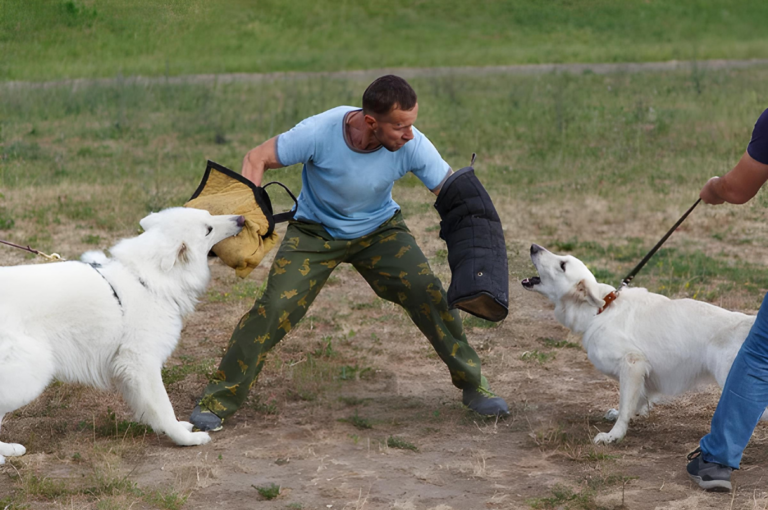Incorporating Play into Training Sessions for Dogs

Training your dog does not necessarily involve only going through the basic recall commands such as sit, stand, stay, etc., you can also train your dog to play as well. Not only would it maintain your dog’s activity and level but it would also increase your bond with the dog while emphasizing on specific commands which the dog needs to be trained on.
Why Play is Pawsome for Dog Training?
The saying that goes round, ‘You can’t teach a dog a trick when he is having his joke’ is so accurate. Play also helps the dog to remain interested in the training session, and be more willing to obey commands given to him.
It breaks the monotony of the monotonous so that dog gets less frustrated or bored with the exercises. Moreover, it teaches and caters for their mental and physical capacity needs that are important for their welfare.
Fun Times: How Play Boosts Training Sessions
Incorporating play into training offers multiple benefits:
- Boosts motivation: Dogs are more likely to offer a good performance if they are aware that it is going to result in a game or a reward.
- Strengthens your bond: Fun training, while mainly strengthening the bond between you and your dog, is the foundation to the subsequent training processes.
- Burns energy: Playful activities provide an outlet for energy allowing dogs to be composed and concentrating on what’s around them.
- Improves retention: One discovers that the dogs are capable of remembering the commands when they are made with emphasis on fun.
Turning Commands into Games: How to Use Play for Learning

People often misunderstand that the introduction of playtime in training sessions is meant for ‘fun’ purposes only; in fact, it helps in repetitive command and behavior interactions. It is a fact that during the play-time dogs are more alert, playful, interested and obedient inclined as compared to other times. Here’s how you can turn playtime into a learning opportunity:
- Use Play as a Reward: Should your dog obey the command, it should immediately be followed by the dog being allowed to play for a short while. For example, after they have performed the ‘sit’ or ‘stay’ command, throw their favorite toy or you can involve yourselves in a brief round of tug-of-war. This makes the command followed by usage of play as a means of a reward hence making the animal associate the command with the play time.
- Incorporate Commands Into Play: Another effective way of training your dog is to put commands into the games during the learning process. For instance if one is playing the game where one throws a toy and the dog is expected to fetch the toy, the trainer should use the command ‘come’ once the dog delivers the toy. If they bring it back, add “drop it” before tossing it again in case they forgot when you were not watching. Not only do they get to play and have fun but they’re even learning their commands with out solely being told to.
- Teach Self-Control with Play: It has been established that playtime is also the best time to train your dog on matters to do with impulse control. Maneuvers such as using the ball or the rope during playing such as tug-of-war and fetching can be halted mid-session and replaced with commands such as ‘leave it’ or ‘stay.’ The function of freezing is an excellent demonstration of the possibility of reopening only in case they follow the command and thus the improvement of their impulse control.
- Turn Everyday Activities into Playful Training: Even daily routines such as walks or feeding times were also a playground and training was incorporated into play. Teach them to use “sit” before letting them drop the ball or “wait” before releasing the door for a walk. If these moments can be executed, then it will maintain a fun environment yet be able to reinforce an officer’s training.
Tip: It is different for dogs, so try some types of games in order to understand which one they actually like. Thus, the funnier the activity is to your dog the more chances the training will take place.
Choosing the Right Games for Your Dog’s Training
This is because not all dogs are fans of playing games, and the kind of games to be played must be compatible with the energy level of the dog in question. And as for the highly energetic dogs, playing fetch or doing agility is also a great way to train them while releasing energy. Less active dogs may play with puzzle toys and games of where the mouse is where the aim is to look for hidden toys.
The only important thing that should be done is to ensure that the games chosen relate to the behaviors that one is training their employees on. For instance, hide and seek encourages the ‘stay’ and the ‘come’ parts of the command for example.
Balancing Play and Structure in Training
However, fun is good to ensure things are kept relaxed; record shows that your training sessions need to be organized. It is important that your dog discriminates between play time and work time so that no confusion arises.
Work with your dog for just a few minutes in the structured command and then, conclude this with playtime as the break. This in turn helps reinforce with the child the idea that following commands results in fun.
Tip: It is advisable that the signals given are very clear in distinguishing between a training session and a fun session. For instance, a specific toy would mean: ‘Lets play’ while a leash or a clicker would mean: ‘It’s time to train,’ among other applications.
Oops! Common Playtime Mistakes and How to Avoid Them

As much as incorporating play, into the training sessions can be a great way of training your dog, there are some general questionable practices that the owners should steer clear of in order to continue with the training in a healthy manner.
- Overdoing It: So one of the biggest mistakes is when the playtime replaces the training as the primary approach during the training session. Play is a great motivator but if you spend too much play time with your dog and you do not incorporate some structure it becomes very hard for your dog to calm down. Every command that you make might be looked at by your dog as something which invites him to play, thereby not paying attention to the commands when it is not playtime.
- Inconsistent Rewards: Some owners make this mistake of rewarding the animal every time with play and this leads to a dog demanding play each time it is given a command. This can make the dog less responsive particularly when the reward is not a toy, this may be true during real life circumstances when one may not have a toy at his or her disposal.
- Skipping Breaks: As much as dogs love to play they also get fatigued or even stressed, an aspect that is evident when excess energy is used in playing with no time for rest. When a dog is over-aroused it becomes difficult to train it because the dog can be too active or even frustrated.
- Using Play to Avoid Commands: It is mostly seen in some dogs that as soon as they understand that play deters following particular commands, they immediately adapt to the trick. For example, if your dog knows that once he ignores the command “come”, the owner would chase him then the dog would try all he can not to come to avoid the game ending.
Wrap it Up: Time to Play Your Way to a Well-Trained Pup!
Incorporating play into your training sessions can be a game-changer—literally! By using play strategically, you’re not only teaching your dog essential commands but also creating a positive, fun environment that strengthens your bond. Remember to balance play with structure, so your dog knows when it’s time to work and when it’s time to play.
Want to know how to transform your dog into a well-behaved companion? Discover the essential tools that make training easier and more effective in this detailed guide on dog training tools. With the right tools, even the trickiest training sessions become a breeze!






